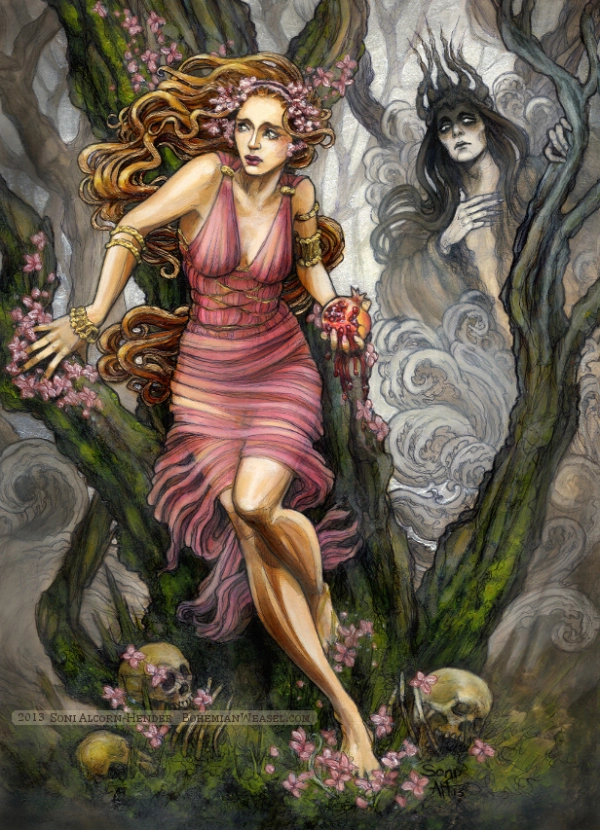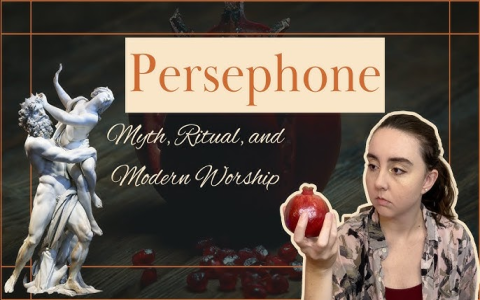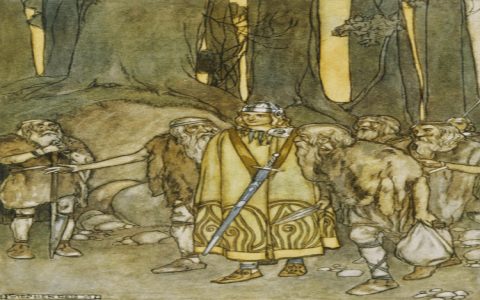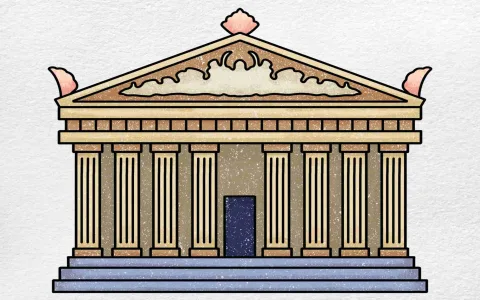Okay so this Persephone thing started because my niece kept bugging me about Greek stuff after watching some cartoon. She asked “Who’s that flower lady who disappears?” and I blanked. Figured, hey, let’s actually figure this out properly for once.
The Messy Research Phase
First thing I did? Grabbed my laptop and just typed “Persephone” into Google. Whoa. Instant overload. Dozens of tabs popped open – mythology sites, academic stuff, Reddit threads. Everyone had a piece of her story but nobody agreed completely. It felt like trying to herd chaotic kittens.
I kept bouncing back and forth between sources:
- Found one site calling her just Queen of the Underworld – gloomy, scary, all death vibes.
- Clicked another tab – suddenly she’s Goddess of Spring! Flowers blooming, happy sunshine? What gives?
- Then stumbled onto the kidnapping story. Hades snatching her? Demeter freaking out? Starvation? Dark twist!
- Tried finding a simple image to grasp her look. Big mistake. Ancient statues, modern paintings, comic book versions… wildly different interpretations everywhere. Couldn’t even settle on her hair color reliably.
Kept getting sidetracked too. Like deep diving into Hades’ depressing kingdom details or Demeter’s massive tantrum (though fair enough, losing your kid sucks). Started muttering “Focus!” at my screen. Needed a break for coffee. Strong coffee.

Forcing Order into Chaos
After the caffeine hit, I took a deep breath. Decided the key was the split personality thing – that she lives two lives. Opened a blank doc and just started writing what made sense, ignoring the wild disagreements:
- Part 1: She’s Kore – Demeter’s innocent daughter, playing in fields, flowers popping up where she steps. Pure spring energy. Sweet, naive.
- Part 2: BOOM. Hades Happens. He sees her, grabs her, takes her to his underworld kingdom. Traumatic upgrade to “Queen Persephone”. Major wardrobe change implied.
- Part 3: The Deal. Demeter throws a global winter-level fit. Zeus intervenes. They strike a deal: Persephone eats underworld seeds (pomegranate), so she HAS to return for part of each year. That’s why winter happens – Demeter is sad.
Okay, so the story basically explains seasons? Kid got kidnapped, ate some fateful fruit, now splits her time, making mom happy (spring/summer) or sad (fall/winter). It’s messy family drama on a cosmic scale.
Putting My Spin On It
Finished my notes feeling kinda shaky. So many versions! But the dual life thing felt solid. Tried explaining it to my dog just to test it. He tilted his head. Good sign, maybe? Decided my takeaway is Persephone represents forced change and adaptation – from carefree kid to powerful queen, finding strength in two opposing worlds. Plus she kinda holds nature hostage, which is metal.
Truth bomb? I still don’t feel like an expert. The myths are tangled like old earphones. But at least now I can tell my niece that flower lady got kidnapped, ate some bad fruit, and now splits time between being flower queen and underworld boss making her mom cry winter. Good enough for a 10-year-old. And honestly, probably good enough for most of us. Myths are messy, just like life. Anyway, onto the next rabbit hole.




